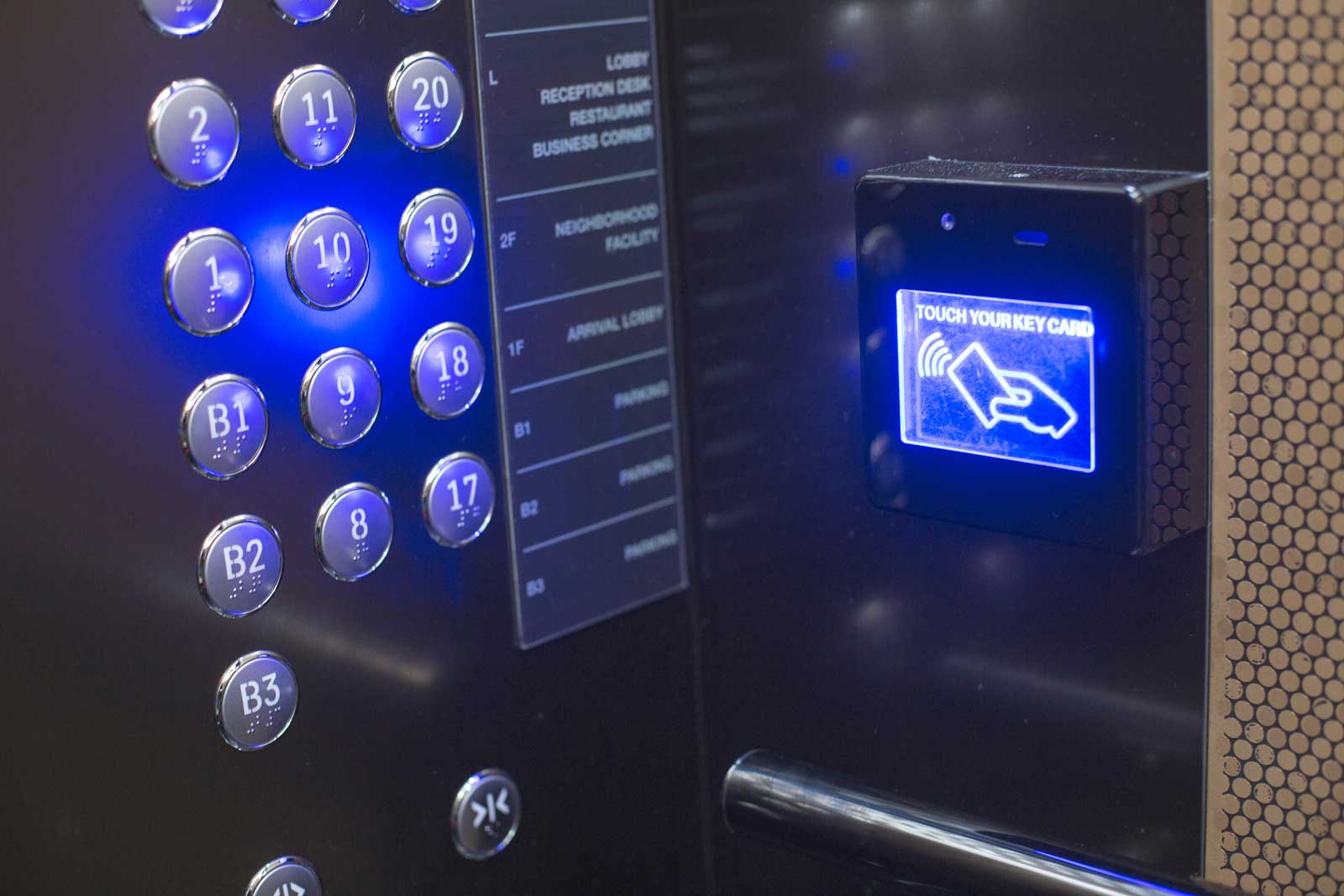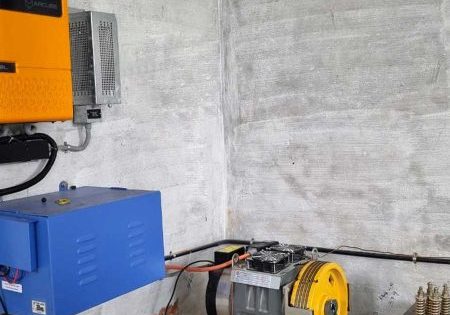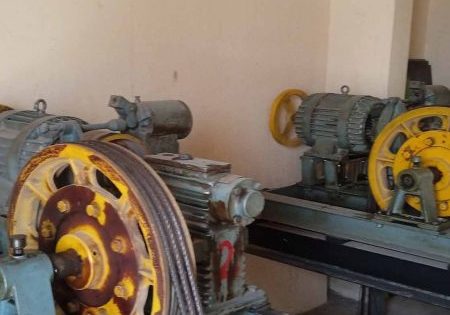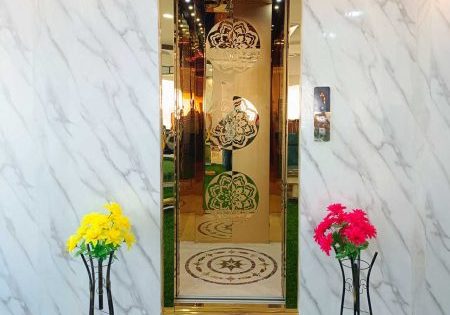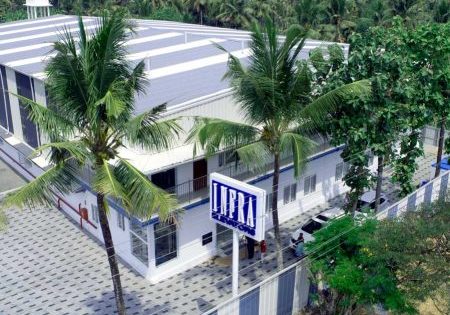Your author explains how VT technologies are defining the future of real estate.
by Jatin Shah
The advent of vertical-transportation (VT) technologies in real estate has revolutionized the industry. Innovations like advanced elevators, escalators, parking solutions, entrance access control systems and automated guided vehicles (AGVs), among others, are enhancing buildings and offering key benefits to the users.
From future proofing the building and enhancing speed and reliability to reducing maintenance costs and complying with evolving safety standards, these technologies are improving efficiencies to enhance the user experience.
Some of the world’s most significant establishments have been retrofitted with VT technologies to enhance their value. A few of them are:
- Empire State Building, NYC: As part of a green retrofit project, the Empire State Building upgraded its elevators with regenerative braking systems and energy-efficient motors. The upgrades have significantly reduced the building’s energy consumption.
- 285 Madison Avenue, NYC: This project involved modernizing the elevators in a historic building originally constructed in 1929. The retrofitting improved efficiency and safety by replacing outdated DC hoist motors, elevator platforms, buffers, door equipment, gearless machines and car controllers while maintaining the building’s classic design.
- CityCenter 735, Milwaukee, Wisconsin: The 17-story CityCenter 735 building built in 1913 underwent a significant elevator modernization. The project included updating the aging elevator system to enhance reliability and performance.
- Light House, Chennai: In this case, the modernization involved customizing car door panels to fit within the existing entrance walls, which had to be retained. This project highlights the importance of tailored solutions in elevator modernization to meet specific building requirements.
- Raheja, Mumbai: Another example from India where the modernization project focused on improving the efficiency and aesthetics of the elevators in a prominent building. The upgrades included advanced control systems and energy-efficient technologies.
Key Considerations Before Taking on a Retrofit Project
- Age and Condition of the Current System: Assessing the existing elevator’s age and condition is crucial. Older systems may require more extensive upgrades, including replacing outdated components and addressing wear and tear. A proper health check/audit by a competent agency is critical.
- Compliance with Building Codes and Safety Standards: Ensuring that the upgraded elevator meets current building codes and safety standards is essential. This may involve installing new safety features and updating control systems.
- Budget and Financing Options: Evaluating the available budget and exploring financing options can help manage the costs associated with modernization. This includes considering long-term savings from improved energy efficiency and reduced maintenance.
- Parts Availability: Ensuring the availability of necessary parts and components is important for a smooth retrofit process. Working with reputable suppliers and manufacturers can help mitigate potential delays.
- Choosing the Right Contractor: Selecting a contractor with expertise in elevator modernization is critical. Look for a track record of successful projects and the ability to handle the specific requirements of your building.
- Minimizing Downtime: Planning for potential downtime and its impact on building operations is essential. Coordinating with tenants and scheduling work during off-peak hours can help minimize disruptions.
- Energy Efficiency: Upgrading to energy-efficient motors and control systems can significantly reduce operating costs and environmental impact. Consider technologies like regenerative drives and LED lighting.
- Aesthetic Improvements: Modernizing the elevator’s interior can enhance the overall user experience. This might include updating the cab design, lighting and control panels.
Challenges That Must Be Navigated
- Complexity: Many buildings, especially older ones, may not be designed to accommodate modern VT technologies. Retrofitting these buildings can be complex and costly.
- Technical Compatibility: Integrating new technology with existing systems can be difficult, particularly in older buildings. This may involve extensive retrofitting and customization.
- Parts Availability: Sourcing necessary parts and components for older elevator systems can be challenging. Delays in obtaining parts can extend the project timeline.
- Compliance: New technologies must meet stringent safety standards and regulatory requirements. Ensuring compliance can be a lengthy and expensive process that can be challenging, especially in occupied buildings.
- Capital: Implementing cutting-edge VT systems often requires significant upfront investment. Several expenses are involved in installing and integrating new technologies with existing infrastructure.
- Technical Expertise: Advanced VT systems require specialized maintenance and technical expertise. This can lead to higher ongoing operational costs and the need for continuous training of maintenance and security staff.
- Disruption to Building Operations: Modernization work can cause significant disruptions to daily activities, especially in busy commercial buildings.
- Safety Concerns: Ensuring the safety of workers and building occupants during the modernization process is paramount. This includes managing risks associated with construction work and maintaining safe access to the building.
- Reliability: With pioneering technologies, it is common to wonder about their reliability and performance. There might be potential downtime or technical issues, and one can only know over time if it is more efficient than the old system.
- Adaptation: Tenants and visitors may need time to adapt to new systems, especially if they involve significant change in interfaces or operational methods. In the past, some users found it difficult to have discipline while using destination control devices.
- Data Security: With the integration of smart technologies and Internet of Things (IoT) in VT systems, there are concerns about data security and privacy. Protecting sensitive information from cyber threats may be a challenge for some occupants.
Potential Strategies To Navigate Challenges and Leverage Benefits of VT Technologies
- Transparent Communication: Keep users informed about the changes, timelines and benefits of the new technology. Regular updates through emails, meetings and notices can help manage expectations and reduce anxiety.
- User Training and Support: Provide training sessions, demonstrations and user manuals to help users understand and adapt to the new systems. Offering on-site support during the initial phase can also be very helpful.
- Feedback Mechanisms: Establish channels for users to provide feedback and report issues. This can include suggestion boxes, online forms or dedicated support lines. Actively addressing concerns and making adjustments based on feedback can improve user satisfaction.
- Pilot Programs: Implement pilot programs or phased rollouts to allow users to experience the new technology in a controlled environment. This can help identify potential issues and make necessary adjustments before a full-scale implementation.
- User-Centric Design: Ensure that the new technology is user-friendly and intuitive. Involving users in the design and testing phases can help create systems that meet their needs and preferences.
- Cybersecurity: Implementing robust cybersecurity protocols and regularly updating systems can protect against data breaches. Developers can also work with cybersecurity experts to ensure that all data privacy concerns are addressed.
- Compliance: Engaging with regulatory bodies early in the planning process can help ensure compliance with safety and building codes.
Innovations like advanced elevators, escalators, parking solutions, entrance access control systems and AGVs, among others, are enhancing buildings and offering key benefits to the users.
By focusing on these strategies, developers can effectively address user concerns and facilitate a smoother transition to new VT technologies. Despite the challenges, the benefits of adopting new VT technologies, such as improved efficiency, enhanced user experience and potential long-term cost savings, make it a worthwhile investment for the real estate industry.
Get more of Elevator World. Sign up for our free e-newsletter.
